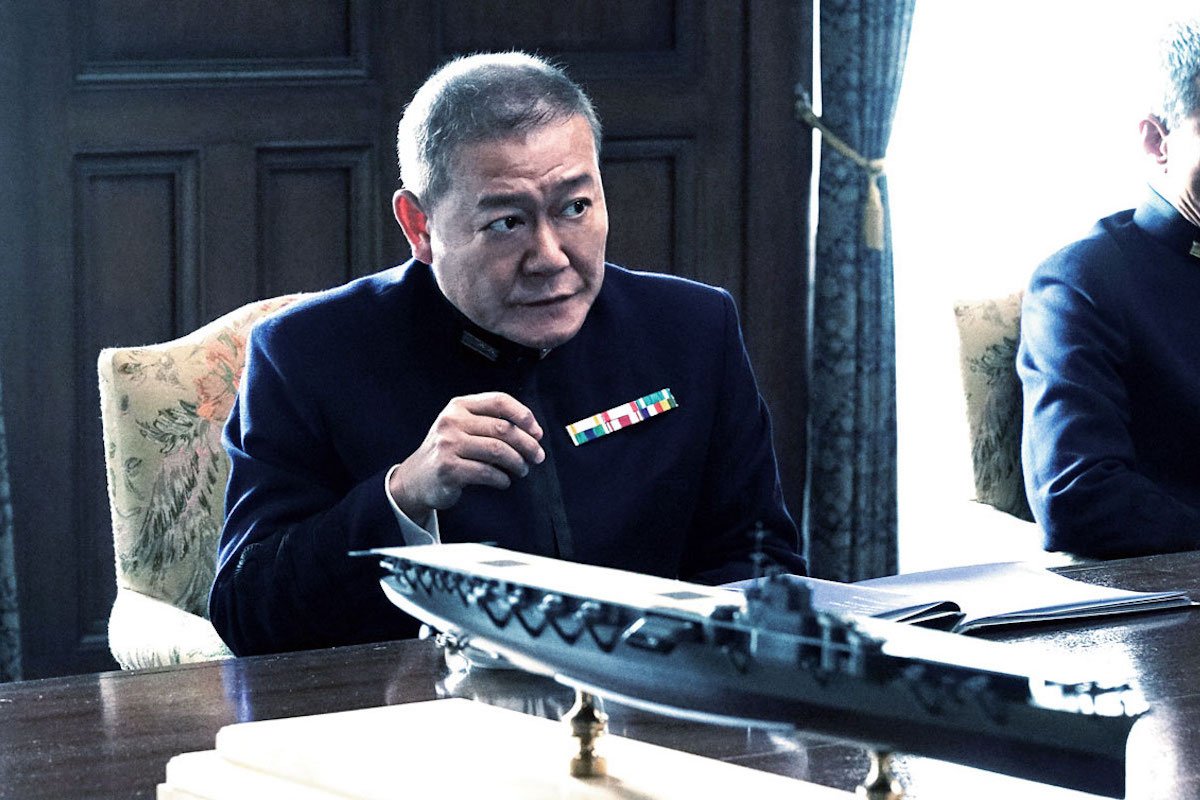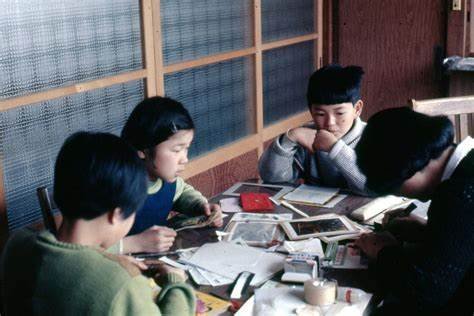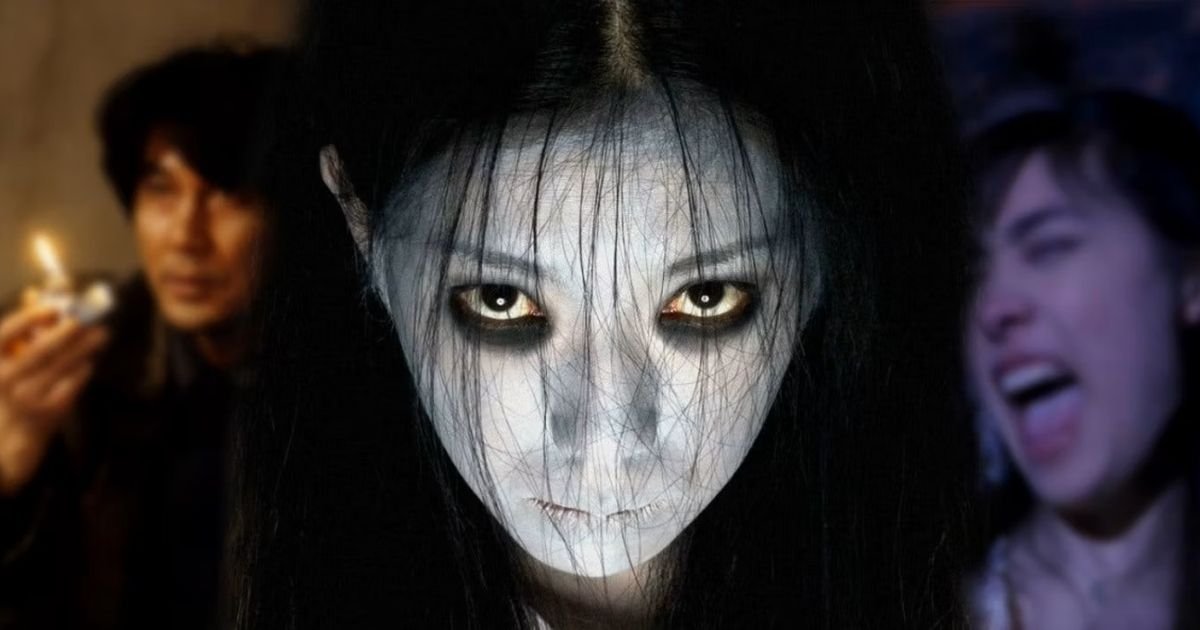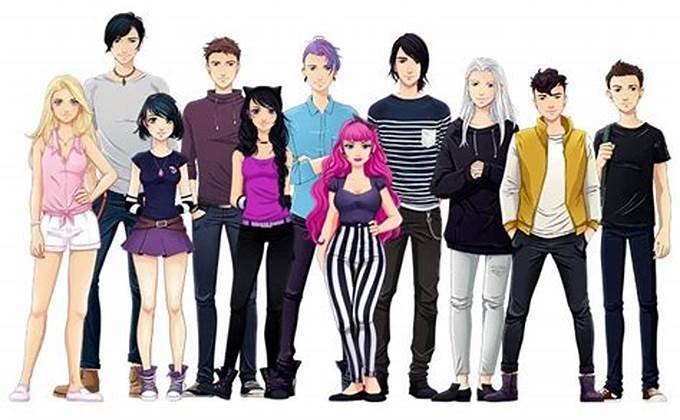Japanese films offer a window into the country’s post-war society. After World War II, Japan underwent dramatic changes. Filmmakers captured these shifts through their work, reflecting both the struggles and the resilience of the Japanese people. Here’s how Japanese cinema mirrored the post-war era.
1. Themes of Reconstruction and Recovery
Firstly, Japanese films from the post-war era often focus on themes of reconstruction and recovery. Movies like “Rashomon” (1950) by Akira Kurosawa depict a nation grappling with its identity. This film explores different perspectives on a single event, symbolizing the fragmented nature of Japanese society at the time. Similarly, “Tokyo Story” (1953) by Yasujiro Ozu portrays the challenges faced by families adjusting to a rapidly changing world. These films illustrate the societal struggle to rebuild and redefine itself after the devastation of the war.
2. Reflections on Social Change
Additionally, Japanese cinema reflects significant social changes occurring during this period. The rise of consumer culture and urbanization is evident in films like “Ikiru” (1952). Kurosawa’s film tells the story of a bureaucrat who faces his mortality and seeks to make a meaningful impact. It highlights the shift from traditional values to a more individualistic society. This change is further illustrated in “The Ballad of Narayama” (1958) by Keisuke Kinoshita, which examines the clash between old customs and new realities.
3. Portrayal of Psychological Impact
Moreover, Japanese films often delve into the psychological impact of the war on individuals. Films such as “Hiroshima Mon Amour” (1959), directed by Alain Resnais, address the trauma of war and its aftermath. Although a French-Japanese co-production, it reflects Japanese concerns about memory and loss. This film, along with others, explores the emotional scars left by the war, portraying characters dealing with guilt, grief, and existential questions.
4. Critiques of Authority and Traditional Norms
In addition, many Japanese films from this period critique authority and traditional norms. For instance, “The Human Condition” (1959-1961) by Masaki Kobayashi portrays the harsh realities faced by individuals under oppressive systems. The film criticizes the dehumanizing aspects of bureaucracy and militarism. Such critiques reflect a broader societal questioning of established institutions and values in the wake of the war.
5. Exploration of Modern Identity
Furthermore, the exploration of modern identity becomes a prominent theme in post-war Japanese cinema. Films like “Black Rain” (1989) by Shohei Imamura explore the effects of the atomic bombings on Japanese society. This film portrays the long-term consequences of the bombings on survivors and their communities. It reflects a collective search for identity and meaning in a world altered by war.

6. Depiction of Economic Struggles and Aspirations
Finally, Japanese films often depict the economic struggles and aspirations of the post-war era. Movies such as “The Last Chrysanthemums” (1939) by Mizoguchi Kenji, although pre-war, were influential in shaping post-war perspectives. They show the tension between personal ambition and economic hardship. These films highlight the efforts of individuals striving for better lives amidst the economic difficulties of post-war Japan.
Conclusion
In conclusion, Japanese films from the post-war era provide a rich tapestry of reflections on societal change. Through themes of reconstruction, social change, psychological impact, and critiques of authority, these films offer insights into Japan’s journey from devastation to recovery. They capture the essence of a nation in transition, grappling with its past and looking toward the future. By exploring these films, we gain a deeper understanding of Japan’s post-war society and its enduring impact on culture.










